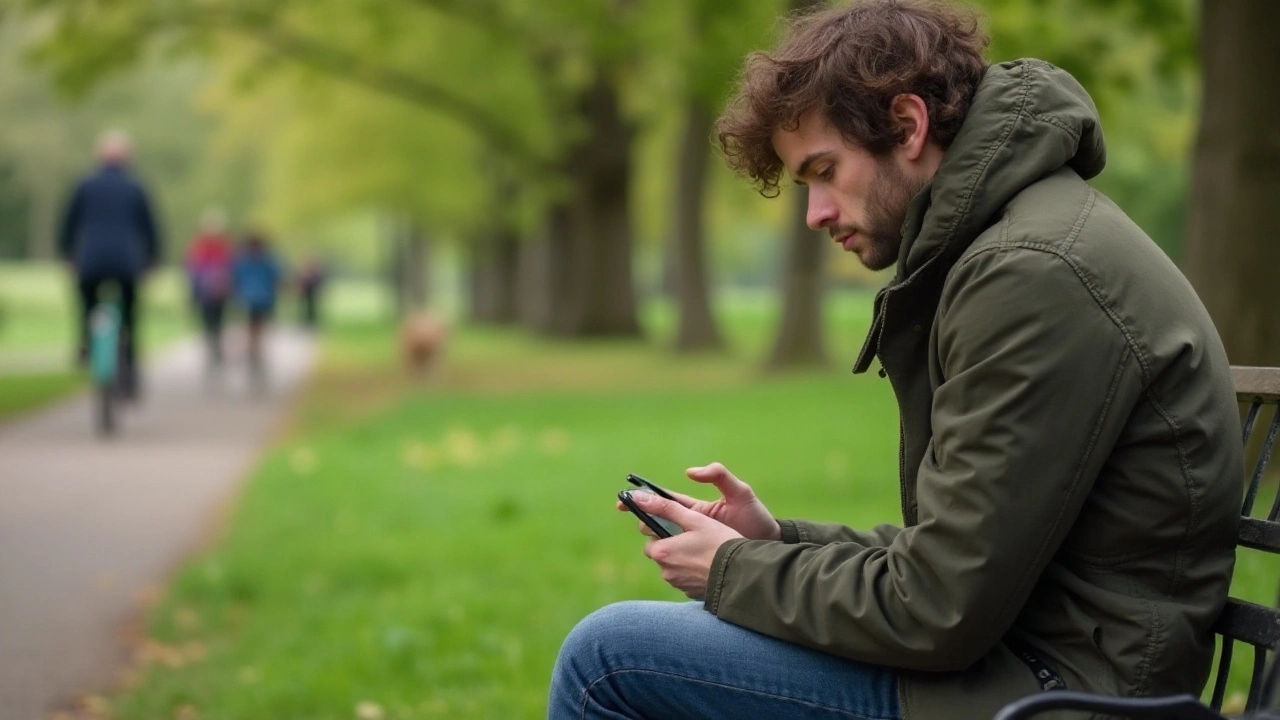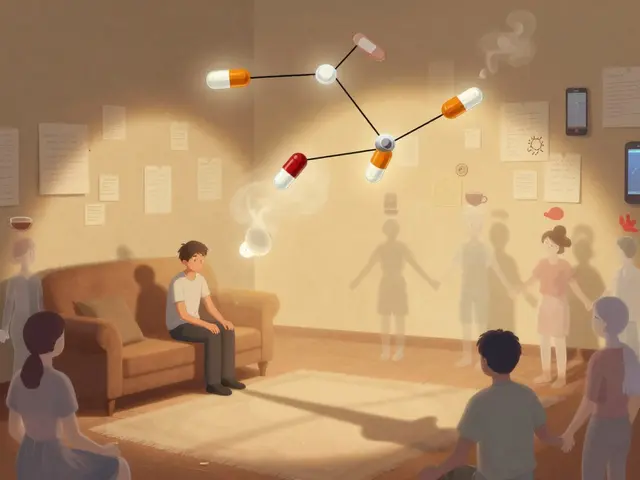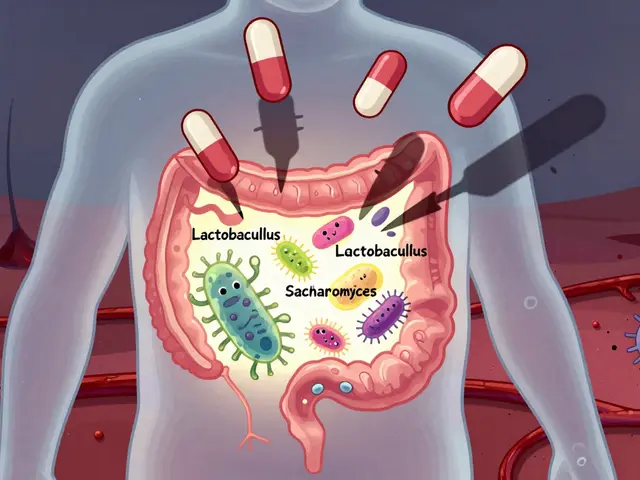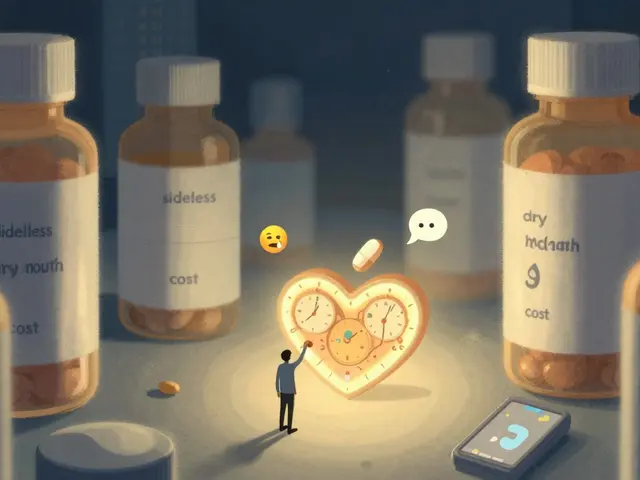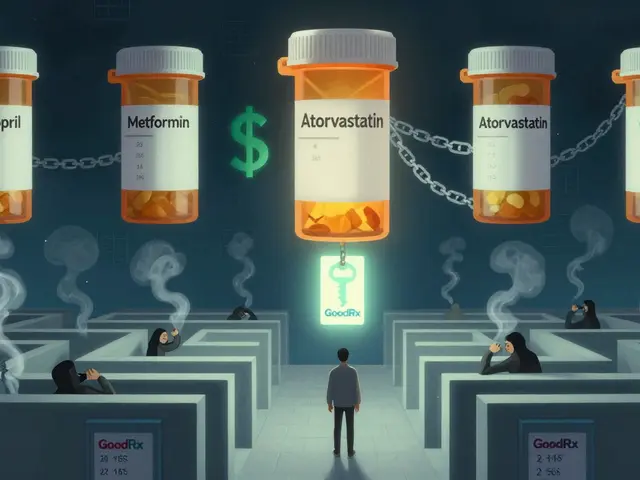Bacterial eye infection: how to spot it and act fast
Red, sticky, painful eyes can be annoying — and sometimes urgent. A bacterial eye infection happens when bacteria invade the eyelid, conjunctiva, or the eye surface. Unlike viral pink eye, bacterial cases usually cause thick yellow or green discharge and make your lids stick together after sleep. Catching it early cuts symptoms faster and lowers the risk of complications.
Look for these signs: one-sided redness, thick yellow/green pus, eyelid swelling, gritty or burning feeling, blurred vision, and light sensitivity. Watery discharge and a runny nose point more to a virus, but heavy crusting or worsening pain often mean bacteria. Rapid changes in vision or intense pain are red flags — get seen right away.
Causes, risks, and common examples
Contact lens wear is a top cause, especially sleeping in lenses or using old solution. Other triggers include eye trauma, contaminated makeup, blocked tear ducts in babies, and skin infections near the eye. Chronic blepharitis or dry eyes can make bacterial flares more likely. For newborns, maternal infections or blocked ducts can lead to serious problems, so a pediatric check is wise at the first sign of pus.
Diagnosis, tests, and when to see a doctor
Most of the time a clinician diagnoses by exam and history. If the infection is severe, recurring, or not responding, your doctor may swab the discharge for culture and sensitivity to pick the best antibiotic. Seek urgent care if you have sharp pain, worsening vision, a fixed pupil, severe swelling, or red streaks on the face — these can signal a deeper infection like keratitis or cellulitis.
Treatment usually starts with topical antibiotics — eye drops or ointment — that cover common bacteria. Examples often used by clinicians include broad-spectrum drops; for newborns, ointments like erythromycin are commonly used. In contact-lens related or deeper infections, stronger drops or oral antibiotics may be needed. Use meds exactly as prescribed and finish the course, even if you feel better.
At home, stop wearing lenses until your doctor clears you. Wash hands before touching the eye and use clean tissues to remove discharge. Warm compresses help loosen crusts. Don’t share towels, pillowcases, or eye cosmetics while infected. After recovery, toss old mascara and disinfect or replace lens cases.
Prevention is straightforward: follow lens care rules, avoid sleeping in lenses, don’t share eye products, and keep hand hygiene. For babies with blocked ducts, gentle cleaning and pediatric advice can prevent repeated infections. If symptoms worsen within 24–48 hours of treatment or vision changes occur, see an eye specialist. Quick action usually clears a bacterial eye infection without lasting problems, so get checked when in doubt.
Understanding the Psychological Impact of Bacterial Eye Infections
Bacterial eye infections can affect not only the physical health of an individual but also their mental well-being. This article explores these types of infections, their psychological impacts, and offers tips for managing the associated mental health challenges. By understanding these effects, individuals can better navigate their health journey.

